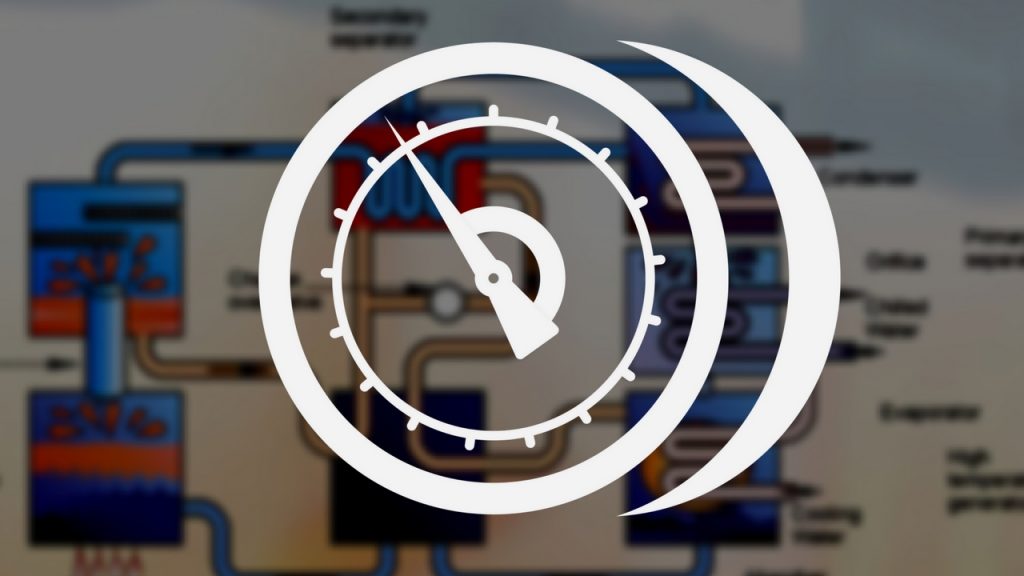The Basic Refrigeration Circuit

In this episode of HVAC School, we discuss the entire basic refrigerant/compression refrigeration circuit.
We are in the business of moving heat. Heat refers to motion in the molecules. Temperature is the average velocity of those molecules. Heat needs a temperature differential to move. So, HVAC systems absorb heat when the refrigerant is colder than the ambient temperature. They reject heat when the refrigerant is hotter than the ambient temperature.
Remember the components and their functions in the following order:
- Compressor: increases the vapor refrigerant's temperature and pressure.
- Discharge line: carries hot, high-pressure, superheated vapor to the condenser.
- Condenser: changes the vapor to a liquid.
- Liquid line: moves the subcooled (high-pressure) liquid to the metering device.
- Metering device: drops the liquid's pressure (creates some flash gas).
- Expansion line: leads the low-pressure liquid/vapor mixture to the evaporator.
- Evaporator: changes the liquid/vapor mix to a vapor.
- Suction line: moves superheated vapor to the compressor.
Note: Heat pumps can shake things up a bit; the suction line becomes the discharge line (and vice versa), and the condenser becomes the evaporator (and vice versa). However, heat pumps have two metering devices and a bi-flow liquid line drier, so the liquid line stays the same. So, watch out for heat pump systems with that tricky little reversing valve.
We also elaborate on some fancy accessories. These include accumulators, discharge line mufflers, receivers, and more.
And we discuss much more…
As always, if you have an iPhone, subscribe HERE, and if you have an Android phone, subscribe HERE.
Author:









Comments
To leave a comment, you need to log in.
Log In